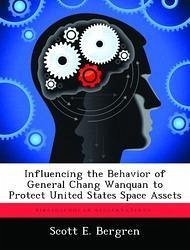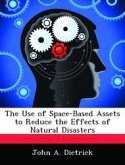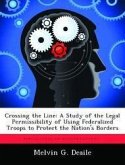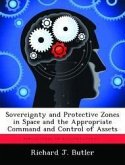In January 2007, the Chinese successfully tested an anti-satellite (ASAT) missile that threatened US space assets and weakened Sino-US ties. A second successful test would further damage those ties and place more debris in Low-Earth Orbit, rendering that critical space passage less usable. The US must attempt to engage General Chang Wanquan, the Director of the General Armament Department, and influence him not to attempt a second test. This study recommends an influence strategy after studying General Chang's culture, organizations to which he refers, and psychological dimension. The psychological dimension considers the perceptions, cognition, emotions, reasoning, judgment, and decision-making process of Chang Wanquan; information gleaned from General Chang's background, public speeches, and writings available from open sources. In an attempt to influence the decision to launch a second ASAT missile, the US needs to immediately engage General Chang and offer limited cooperation on technical aspects of training, education, or anti-terrorism by using formal or informal avenues.








